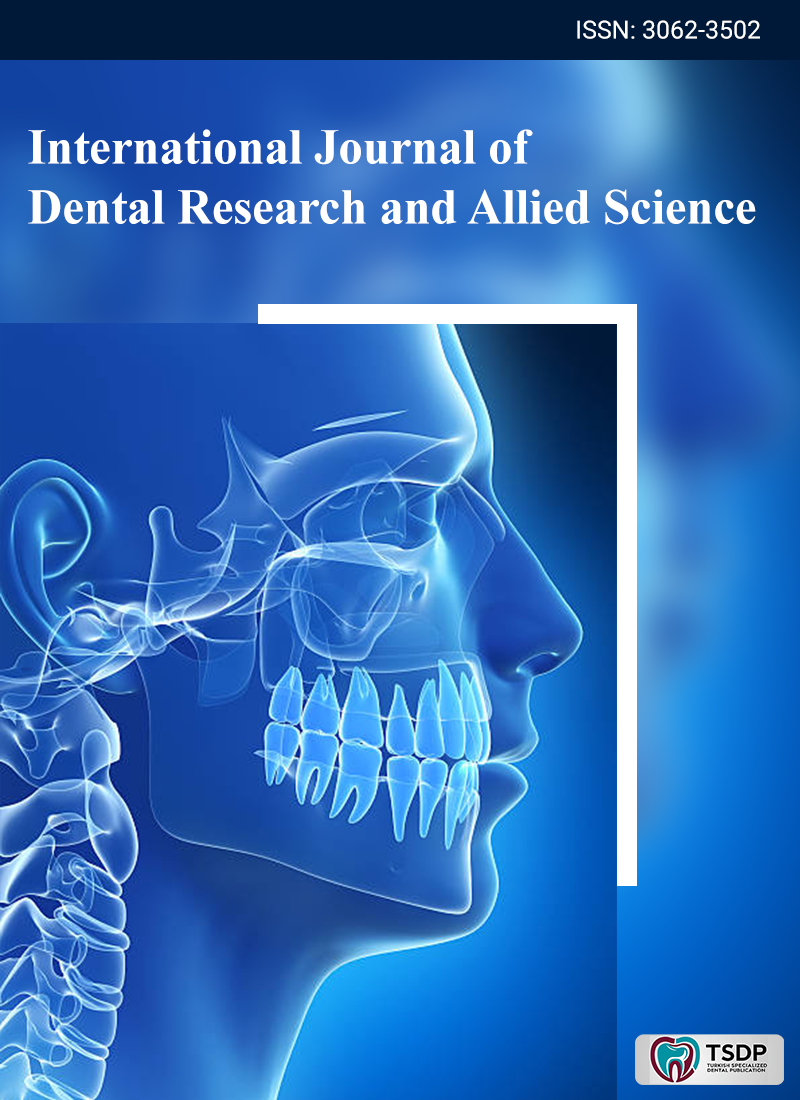
Artificial Intelligence (AI) is one of the fastest-growing technological fields in the world. It addresses several intricate issues that currently exist and represents a breakthrough in digital science. It can be used to simplify the meta-analysis of the existing meta-knowledge clearly and concisely. Therefore, AI may play an important role in forensic dentistry (FO). In the interest of justice, FO entails the assessment, administration, presentation, and examination of dental evidence in criminal or civil cases. It is an essential component of forensic science and is crucial to identifying people, living or deceased. In terms of collecting, examining, and disseminating evidence, digital forensics has successfully and consistently supplanted traditional forensic investigations. When it comes to mass disasters, age estimation, personal identification, and communication with other forensic odontologists, digital forensic investigation is incredibly helpful. A wide range of stakeholders, including general dentists, dental radiologists, forensic odontologists, general pathologists, oral pathologists, biomedical engineers, data scientists, and government statutory bodies, may be able to help ensure that AI is widely and successfully used in forensic dentistry. This study aims to provide an outline of the possible roles of different stakeholders in the future use of AI in FO.